Away from the hustle and bustle of city life, 10kms from Puducherry airport, there is a one-of-a-kind world. A world of universal brotherhood, of peace and harmony with nature. One where the focus is on sustainable living rather than who has the biggest paycheck.
“The purpose of Auroville is to realize human unity.”
In the 21st century where no one has the time to take a walk in the woods (lucky if you can even find one) or talk to your next door neighbors, Auroville aims to change that. Every resident of Auroville is expected to play their part in its running.
Be it administration (No, they aren’t primitive hill-billies), planting trees for the forest or even helping in the kitchens.
How did it start?
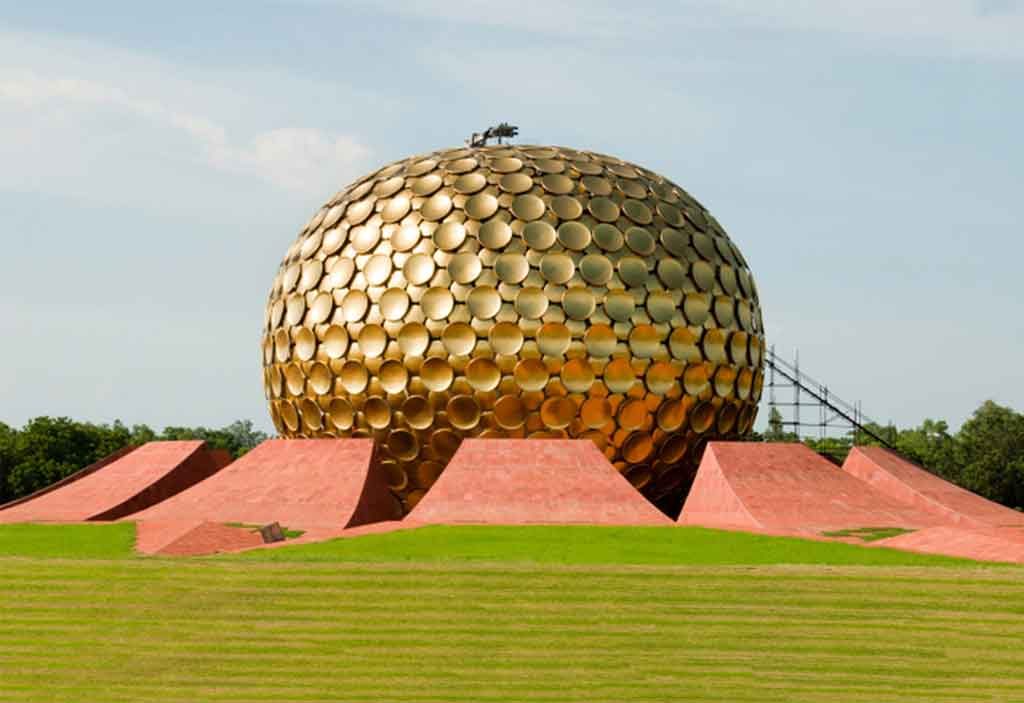
The idea for Auroville first began with ‘The Mother’, the spiritual collaborator of Sri. Aurobindo, in the early 1930s. It wasn’t until the mid-1960s that the plan for Auroville actually came to life. On the 28th of February 1968, delegates from 124 nations and a 5000 something strong crowd gathered near the banyan tree at the centre of the proposed township.
The delegates brought with them a little soil from their homeland to be mixed in a white marble-clad, lotus shaped urn, now sited at the focal point of the amphitheatre.
What has it become now?
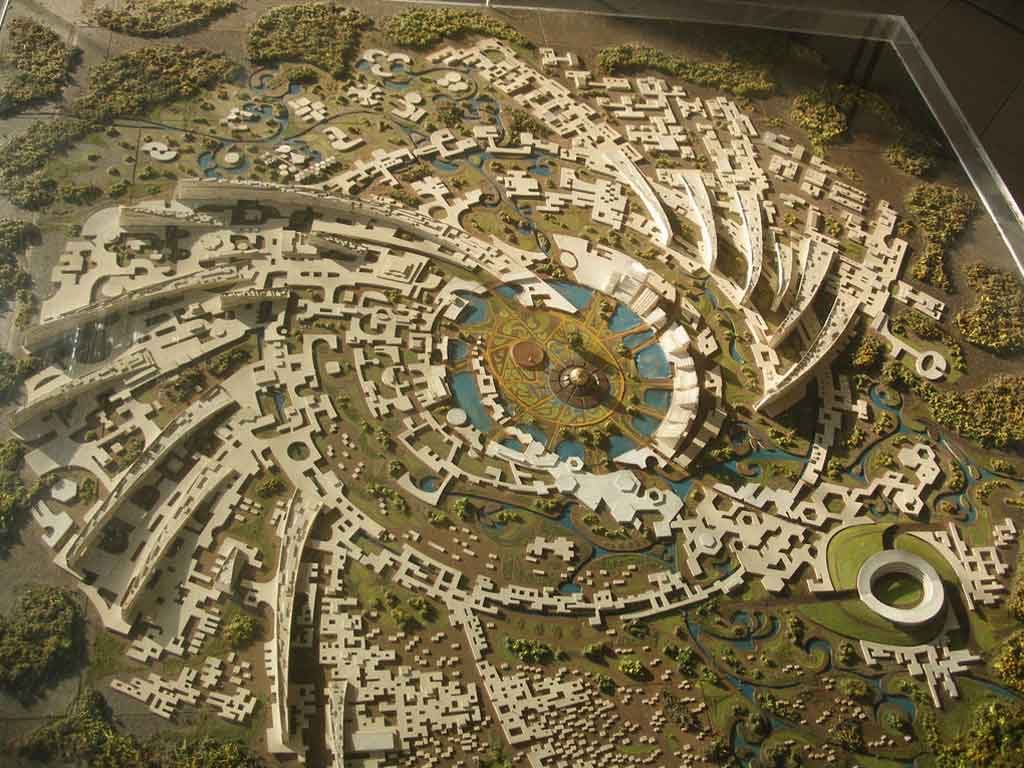
Residents of Auroville come from about 50 different nationalities and add up to about 2,300 people, excluding visitors and temporary volunteers.
The community is divided into neighbourhoods with names in different languages like Aspiration (English), Arati (Sanskrit), La Ferme (French) and Isaiambalam (Tamil). About 40% of the population is Indian with another 15% French and Germans and Italians together making up another 15% of the total.
Auroville is spread in the shape of a circle of radius 2.5kms, the first 1.25kms being the ‘city’ area and the other 1.25km section being the ‘Green belt’ for farming, orchards and other similar activities.
It’s not just farmers, there’s art too
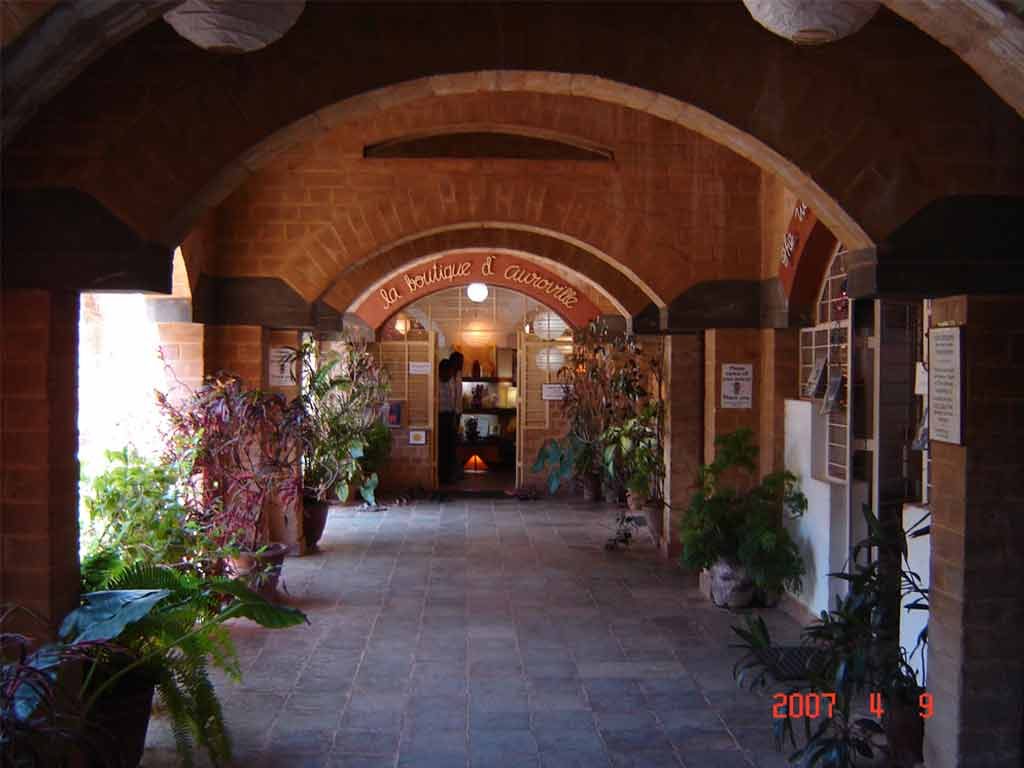
Sri Aurobindo believed that art feeds the purely material side, our intellectual side and also our spiritual side. So, it is of no surprise that Auroville is a progressive platform for arts, like, dance, poetry, music, dance, theatre and so on.
The Auroville Arts Service acts an arena for the enhancement of the arts themselves, and maybe even more important, fostering unity between the artists themselves, belong to communities from around the world.
The art platform doesn’t end with the passive-arts. Music recitals, film and video showings, talk and debates, drama and dance performances are held throughout the year at Auroville. Mostly done by the Aurovilians, it is open to visiting artists and specialists in order to expose the residents and other visitors to the immensely wide global array of arts and cultures.
Education and Research
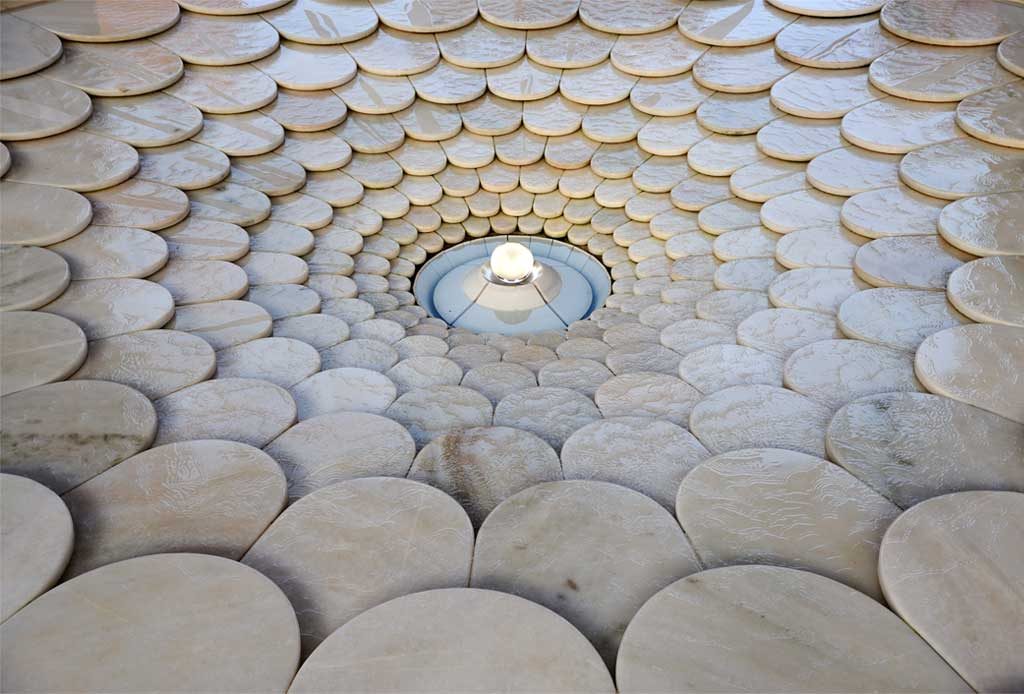
The Kindergarten at Auroville is unlike most modern-day institutions. Children are allowed to grow and develop at their own pace and spontaneous learning is encouraged instead of rote-book learning. A balance is maintained between letting the children pick and learn as they feel and what the teachers and guides feel necessary for their education.
Transition School is a primary and middle school (ages 6—14) that serves the residents. The program is child and process oriented. Attention is given to individual progress, motivation, attitude, and the ability to work in a group. Themes like truth, human unity, empathy, freedom, and progress are introduced so that children can develop a sense of values and self-awareness.
The Future School caters to Aurovilian youth between ages 14 and 19. Like all schools, they have laboratories for Physics, Chemistry and Computer Sciences. The main curriculum of study is chosen by the students themselves, who may appear for internationally recognized exams if they wish to do so.
Auroville also houses several internationally acclaimed research centres like Sri Aurobindo International Institute of Educational Research (SAIIER), the Social Research Center (SRC) and the Auroville Center for Scientific Research, among others.
Visiting Auroville:
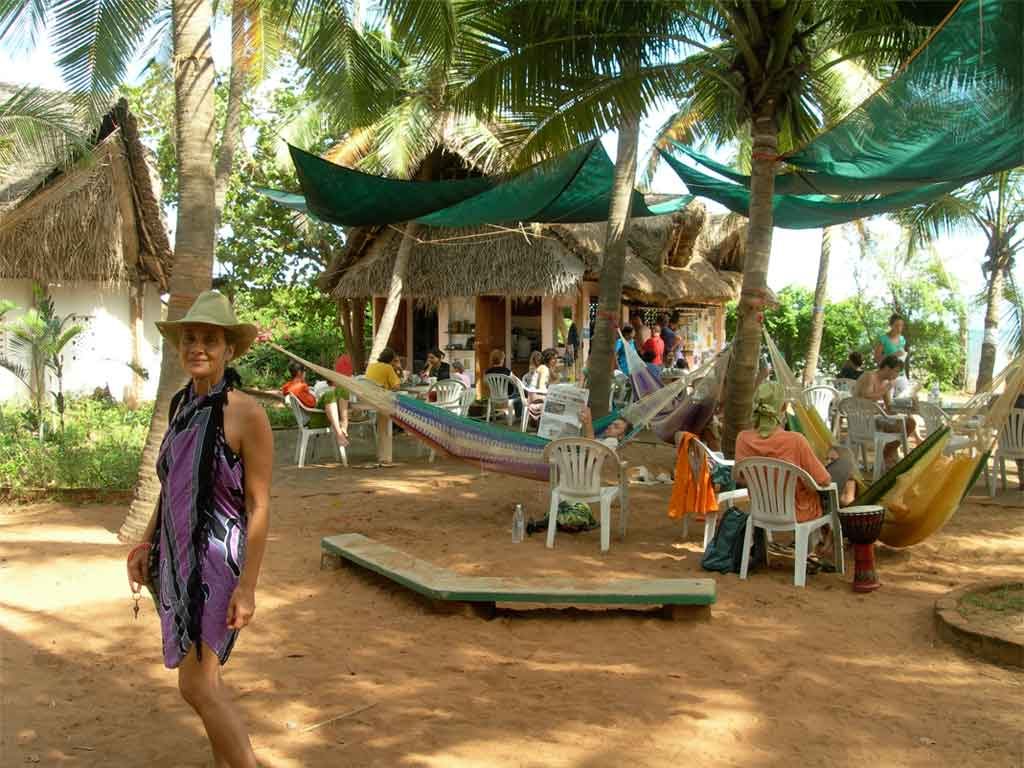
The cool months from December through February is peak season at Auroville, so make sure you plan and make reservations well in advance because the guesthouses get filled in no time.
If you only have a few hours to spend at Auroville, go directly to the Visitors’ Centre (VC), known to all cabs and rickshaws in the Pondicherry and Kalapet area. The VC offers you detailed exhibitions and video viewings on the city’s aims and activities, a special section on Matrimandir, and a well stocked information centre. The Centre also has souvenir stores, cafés and other shops.
If you’ve got the whole day, start at the Visitors’ Centre to get a general idea. Get a token for a visit to the Matrimandir viewing point in the city’s central Peace Area between 9 – 12pm or 2-4.30pm. A relaxed 15 minute shaded walk from the Visitors’ Centre gets you there, or use a shuttle when needed. If guided tours are your thing, Auroville’s very own travel agency, Inside India, has those frequently.
If you have more than a day or two and would like to stay in Auroville, the Auroville Guest Service can help you plan out your stay and events.
The way of life at Auroville is worlds apart from our city life and everyone is expected to play a part in running and maintaining the city. Staying and getting involved in activities like farming, looking after animals and helping in the local forests can be an intense, challenging venture.
Visit Auroville with an open mind and you’re sure to come out with a different take on life.
Suggested: Here’s Why Mindfulness Can Help You Manage Strong Emotions
Mandalas: Exploring The Buddhist Art Of Impermanence & Meditation





![Social alienation is a sharp tactic in the toolkit of domination [although, here it is the extension of female subordination]. Photo by Hans Van Den Berg/ flickr.com](https://b-change.me/wp-content/uploads/2018/01/1sTnAkZgJEx1Yb6fctMyVuA-570x300.jpeg)




